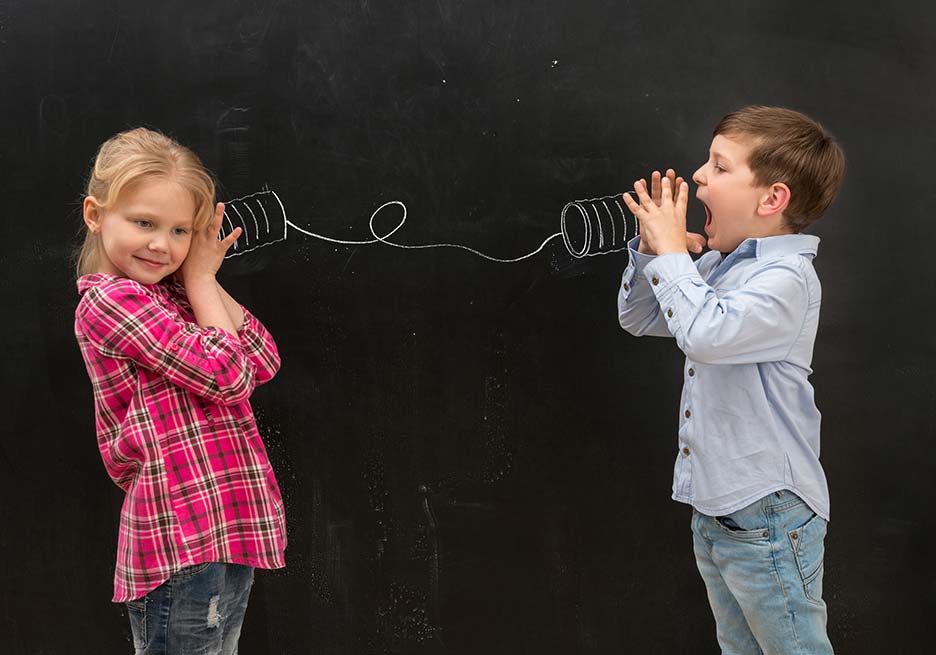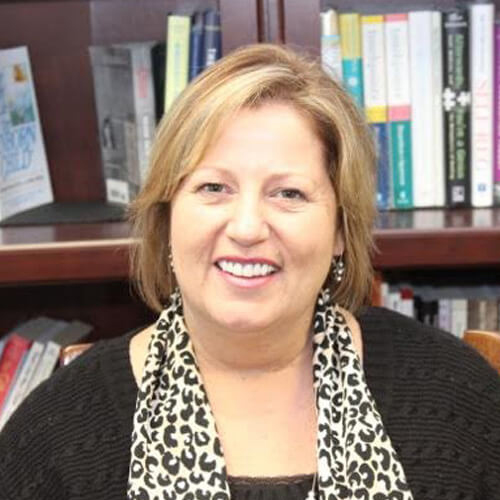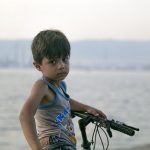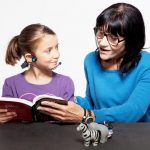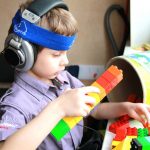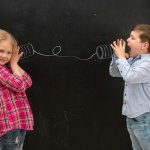How do we know what children hear? How are they listening to our language? How do we know they are not responding due to not being able to sequence and use language in the right order, or not being able to plan a motor sequence? These are interesting questions, are they not? To answer them requires a certain amount of self-reflection, especially to ponder the multi-facets of children in all their wonderful ways, including the challenges.
Let’s first understand praxis and be sure we all carry the same understanding. Praxis entails multiple different components, built on several building blocks of foundation, which has to be accomplished in order to acquire the skill of praxis. As a definition, praxis contains the ability of the nervous system to ensure a timed, coordinated response from the motor system of the body, while also contemplating how the limbic system (emotions) feels about it. Without this function, we potentially feel helpless, as if we have no power, no way to enact upon this world and many times, the only recourse we have is the Amygdala in fight, flight, or freeze, because it does not require sequencing, simply a reflexive response. In fact, praxis is what gives us planful, executive behavior.
The real story is that it is all interconnected. With what we know as therapists today, we simply cannot intervene in a child’s life in isolation any longer.
Praxis is built on the foundation of having the ability to regulate (modulate) our different senses. If our nervous system is disorganized, it is very difficult to build planful behavior, as praxis requires a calm state in the nervous system. It also relies very heavily on our ability to discriminate with our different senses, so we know how hard to push a cart, how to feel what we hold in our hand, how we see the object in the distance we see it, and how we hear the instruction given to us. The ability to register information and process it to the brain to be analyzed, is the cornerstone upon which we can build constructive play that would contain purpose and meaning, and result in planful behavior. Without these building blocks, we will struggle to achieve the multiple forms in which praxis occurs. We need praxis to play!
The totality of praxis relies on first having a motor idea, initiating this idea, sequencing through the idea, and to culminate in completing this idea within the same timing and rhythm as our peer. As we complete the activity, our body also registers feedback that supports us to repeat that action. Feedback is important for self-motivated (intrinsic) repetition, such as you see the new toddler do when they pull themselves together after taking the first step to attempt the second step. An amazing process to watch unfolding in front of our eyes and no parent is more proud of witnessing this moment.
Which brings us to the thinking around language and praxis and their co-influence on each other. It is essential that we first consider non-verbal communication as therein lies much of the difficulty with our kids that also exhibit praxis difficulties. It is the primary job of the infant to cultivate increasingly complex non-verbal gesturing to support the meaning and context of what is to develop in verbal skill later. If the child is experiencing poverty in their ability to plan their movements, we have to consider the impact this would have on their ability to use gestures. It is a well-known fact that communicating a clear message depends 80% on your non-verbal communication to each other. It is what supports the meaning of context and without it, you become no more than a “talking head”. These children develop into kids who rely so much on facts and what they can grasp in black and white, that the underlying meaning, the different social nuances become lost on them. It becomes a sad world in which it becomes increasingly difficult to connect with others and no amount of social skills classes can replace the exquisite automaticity that this requires from our system.
Speech Language Pathologists frequently discuss the language model proposed by Bloom and Lahey, which explains three components of language: Form, content and use. The Form of language is the tangible part. It consists of the phonology (sound), morphology (different morphemes in words), and syntax. It starts with single words, develops into two word phrases, adding plurals, and then culminates in the formation of sentence structure. This process is very reliant on sequencing, though there are two forms of sequencing available to the speaker. The sequencing that involves the body and timed execution of gestures simultaneously with speech is one aspect. The other form of sequencing is understanding logical order through the cerebral cortex with intelligence and utilizing memory to support development in language. So it is possible to use language and become a fluent speaker while still experiencing praxis difficulties in the body. This type of speech development though often is very bound to intelligence and though the speaker can maintain fluid speech on a topic, the speech might lack the prosody and tonality of voice modulation, and the rhythm of a back and forth communicative effort. Such persons may also have difficulties in social skills as the speaker has not developed the integration of gestural and verbal communication causing a lack of understanding in hidden and abstract meaning.
This brings us to content part of their model, which includes meaning expressed through words. In terms of language development, it also contains the development of action words, location words, and descriptive words. Children struggling with praxis have difficulty figuring out the “how to” of things and pairing physical problem solving with action words is a frequent technique to use in sessions.
The use of language is the third component of the model. The child has to understand why she is communicating, which involves an abstract formation of having meaning to communicate. Frequently parents are so proud of the words and sentences their child can repeat back or use when prompted. This expression frequently does not come from the place of meaning. Using language is one aspect, communicating with language is the fuller aspect. The sense of purpose and goal directedness behind her language is reliant on the building block of abstract formation and ideation, which is formalized through the use of sequential order.
The real story is that it is all interconnected. With what we know as therapists today, we simply cannot intervene in a child’s life in isolation any longer. Families need evaluations from both occupational and speech language therapists that understand this overlap, can assess it and can formulate a plan to build this in an integrative way for each individual profile. We need to bring a team around each child that will consider the different goals of the child in a way that would respect the child’s entire profile in order for her to become intrinsically motivated to turn towards learning and simply… fly!!!
Maude Le Roux, OTR/L, SIPT

